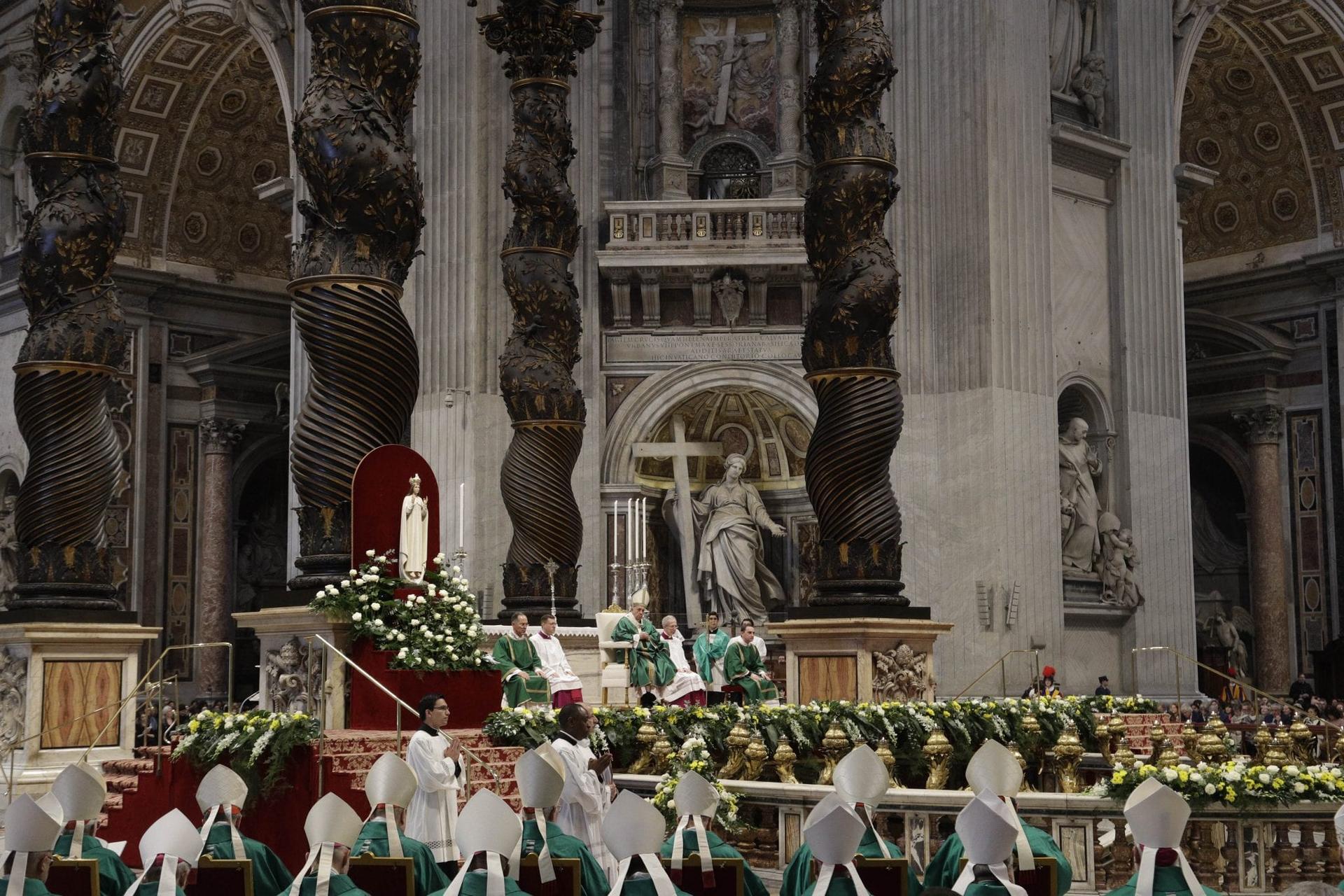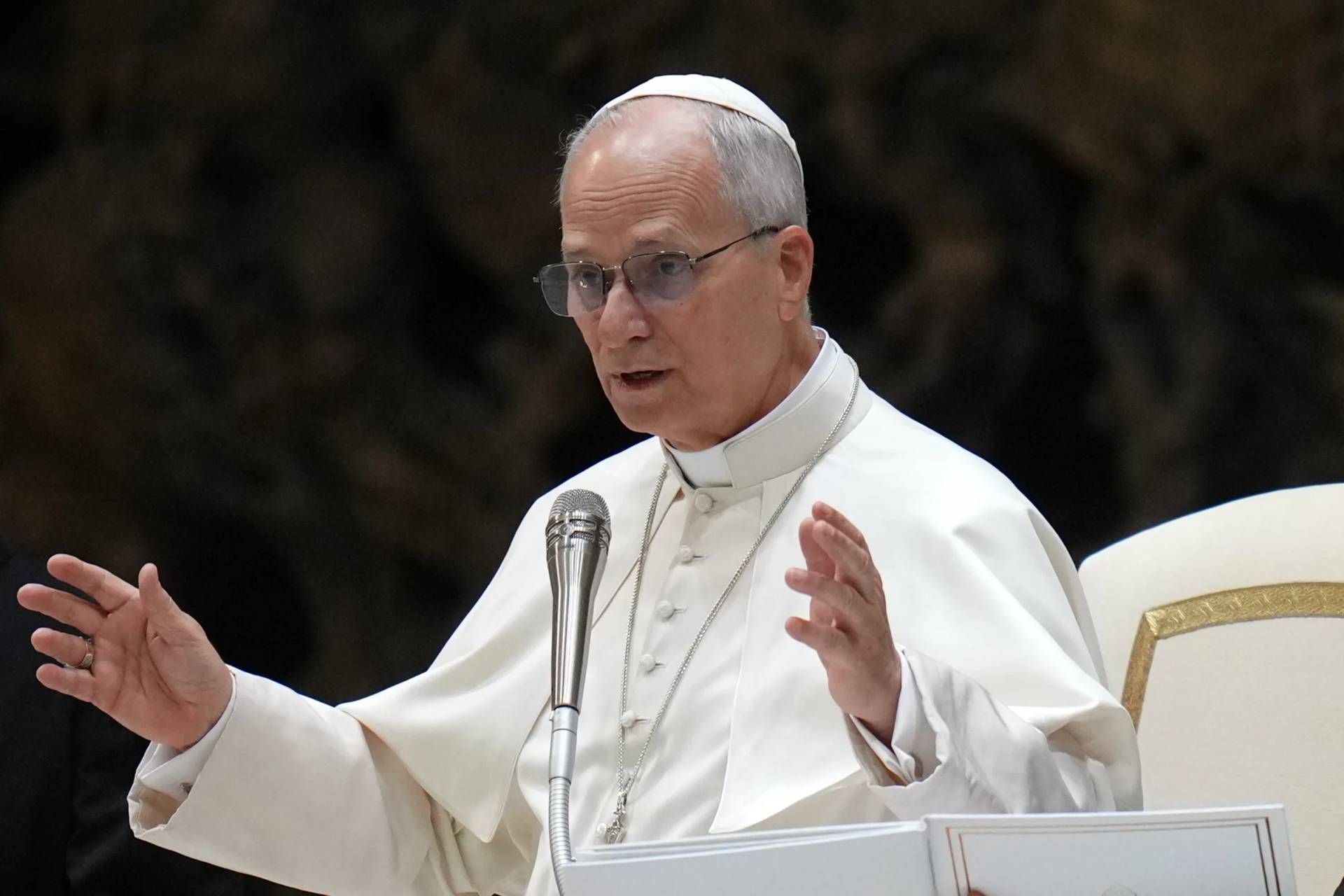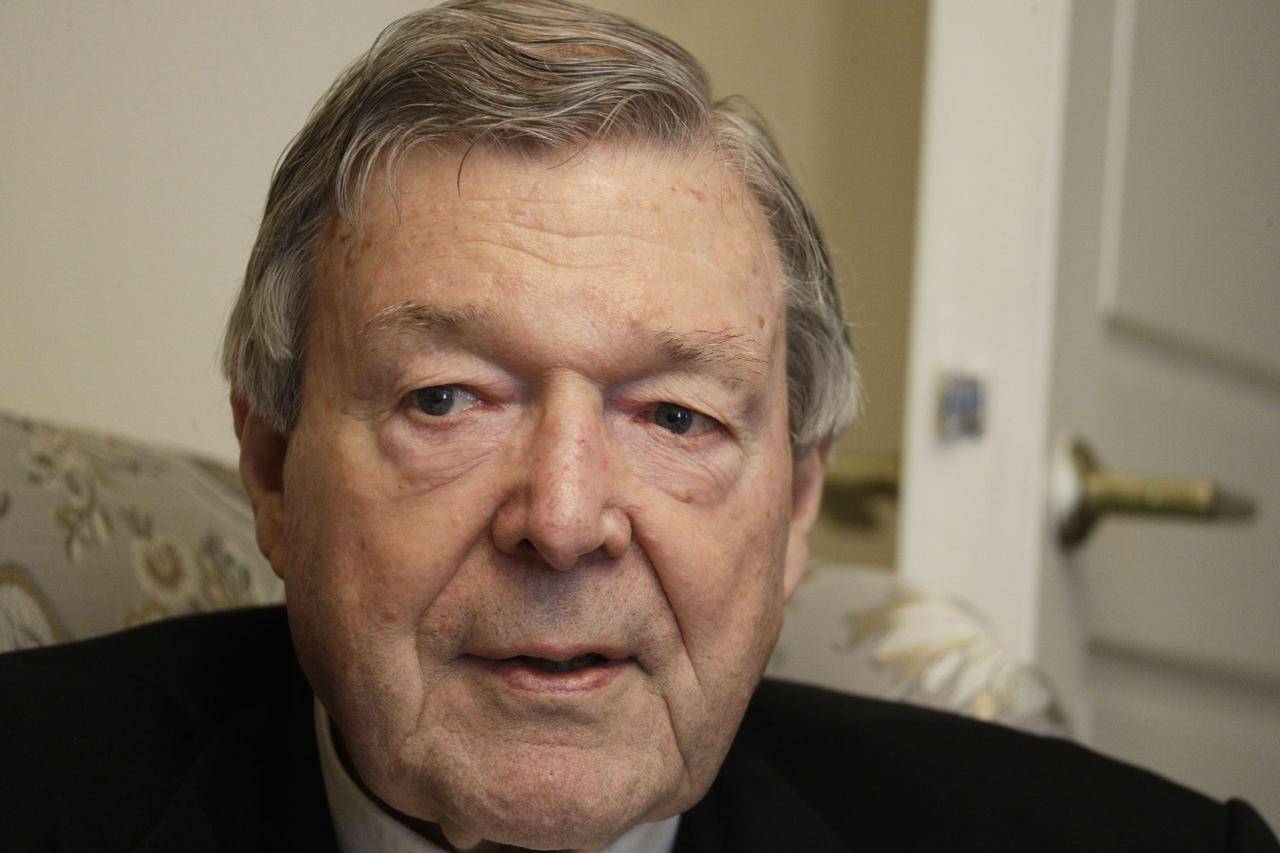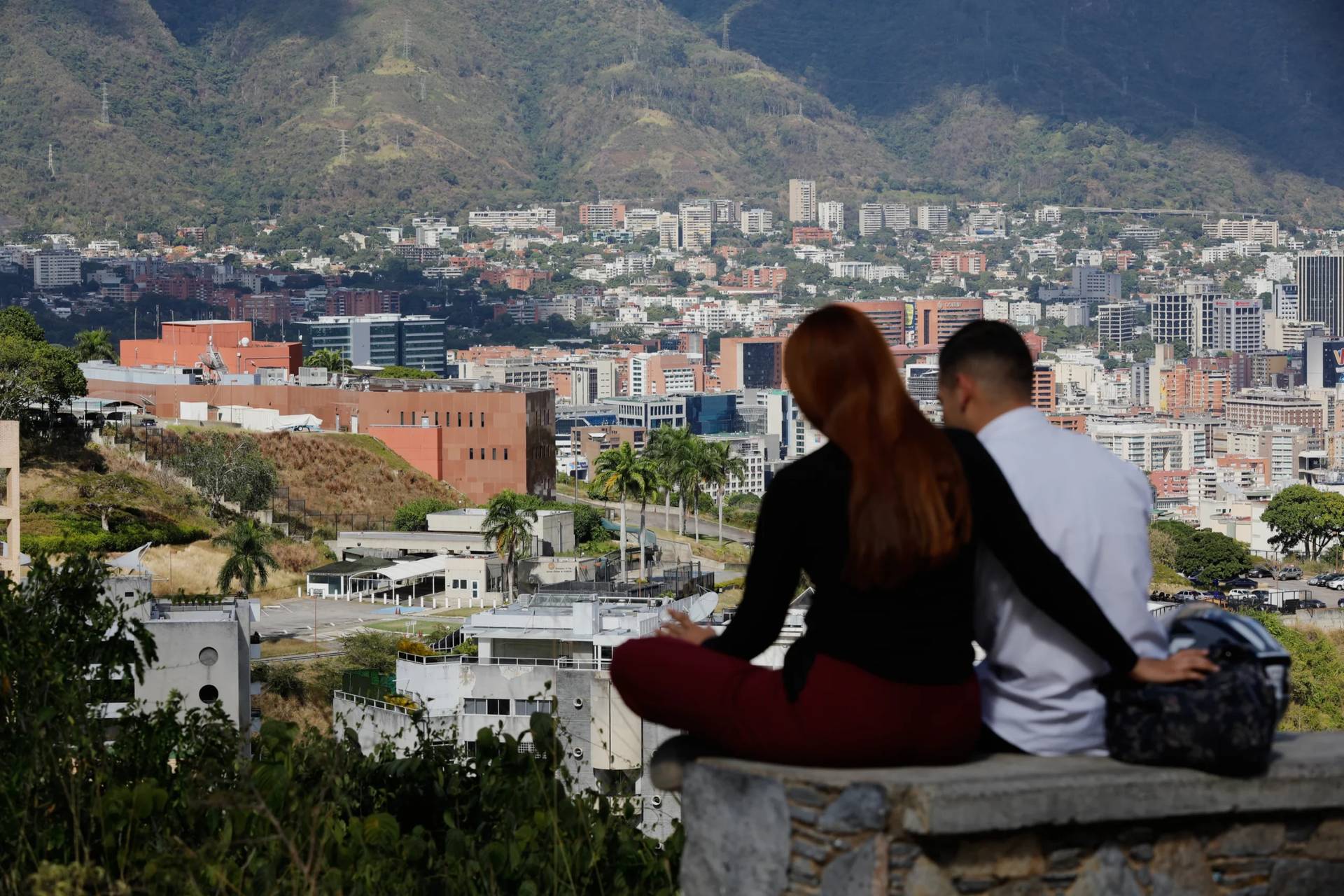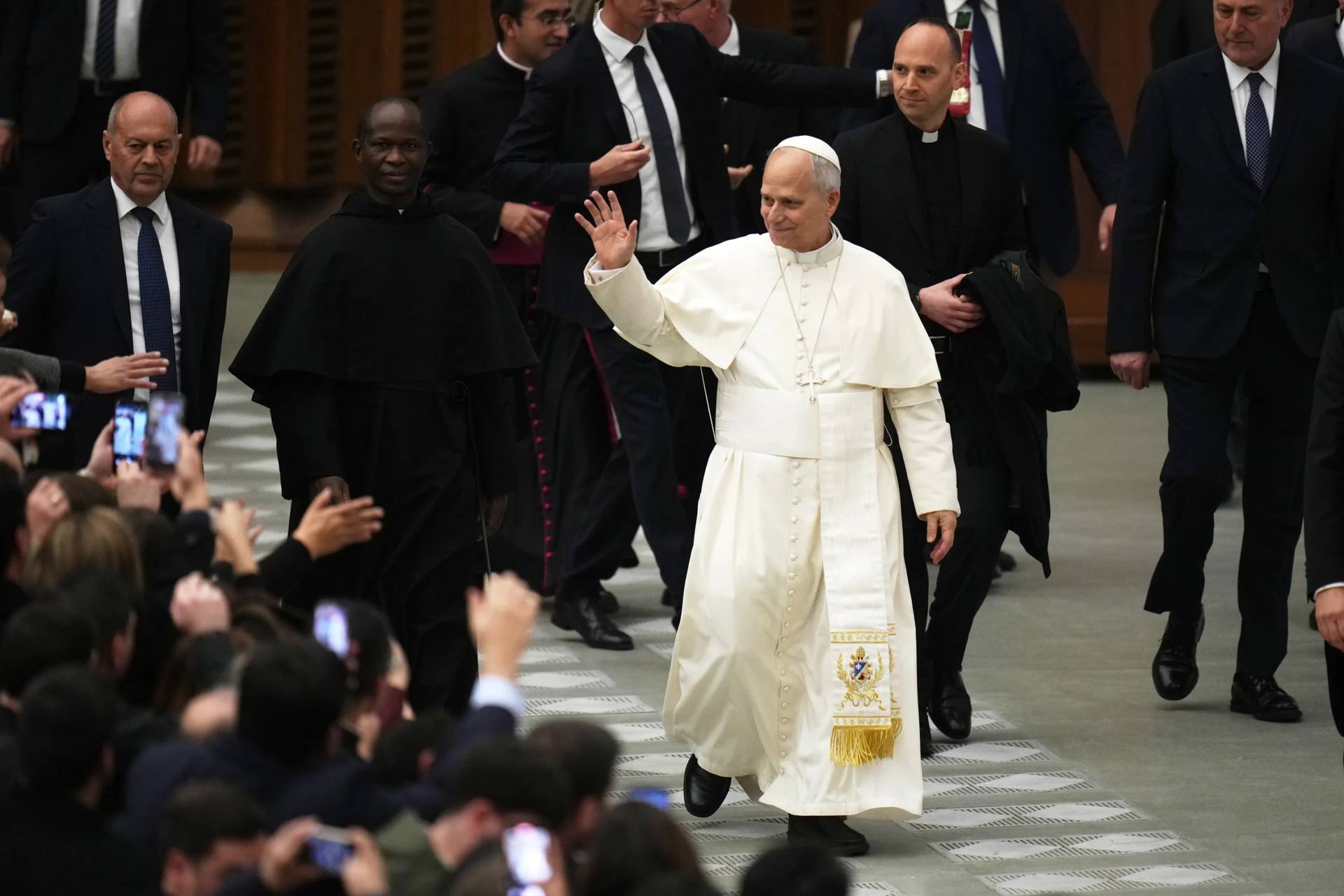ROME – Though it’s impolitic to say so out loud, probably no institutions on earth are benefitting more from the coronavirus panic right now than manufacturers and retailers of hand sanitizers, medical masks, facial tissues, and so on. Costco just reported a 3 percent sales spike in February alone due to off-the-chart demand for such products.
A close second in terms of a coronavirus bump, however, might well be the Vatican.
For one thing, the Vatican was recently on the verge of a full-blown health scare around Pope Francis, as he cancelled a series of events due to what’s been described as just a “light cold.” Under normal circumstances, such reassurances would only hold for so long. Now, however, the Vatican can cancel or curtail as many papal events as it wants, and no one will bat an eye.
Perhaps even more telling, the Vatican just committed one of the most flabbergasting PR gaffes in recent memory – which, by the way, is saying a fair bit – yet due to the coronoavirus, so far it’s been virtually ignored.
Here’s what happened.
In its Friday daily news bulletin, the Vatican hailed the creation of a new “General Directorate for Personnel” within the general affairs section of the Secretariat of State, responsible for internal ecclesiastical governance, describing the new office as “a step of great importance in the path of reform initiated by Pope Francis.”
“This new directorate will be presided over by a director, who will have strategic, inspective and operative power, with functions of coordination, oversight and vigilance; the office, moreover, also will be equipped to be able to respond, in a timely fashion, to the various requests it will be called to carry out,” the statement said.
Yet the very next day – 25 and a half hours later, to be precise – the Vatican announced in a separate statement that, whoops, there actually is no new directorate after all.
“To be precise, at the actual state of things it’s a proposal advanced to the Holy Father by Cardinal Reinhard Marx, President of the Council for the Economy, and Cardinal Óscar Rodríguez Maradiaga, President of the Council of Cardinals, to institute such a structure,” the statement said.
“The Holy Father will study the proposal, and, if he thinks it’s opportune, at the right time he’ll institute the structure in the way he decides with a Motu Proprio,” it said.
Really, the Vatican could have saved itself the grief and just put out one consolidated statement as follows: “Right now we’re in disarray, rife with power struggles, and one of the things we’re fighting over is control of human resources.”
Because make no mistake, that’s precisely what the flip-flop on a “General Directorate for Personnel” reveals.
In effect, this new directorate amounts to what, in virtually any other context, would be called an HR office. Its creation has been backed for some time by reform-minded people inside the system who know three things to be true:
- The Vatican has a bloated payroll that’s unsustainable relative to its resources, and which poses a looming crisis in the pension fund. Moreover, there’s a chronic duplication of efforts that sometimes results in working at cross-purposes. One classic example is the Dicastery for Communication, with multiple media outlets purporting to speak in the name of the Vatican and sometimes broadcasting mixed messages. Either through explicit termination or attrition, the workforce has to be trimmed.
- One of the difficulties with firing anyone in the Vatican is that for the most part, personnel have never been given a clear set of expectations and have never been evaluated in any formal way, so that firing (or unwanted transfers or denied promotions) can’t help but seem arbitrary or personal. Somebody has to oversee the painstaking work of crafting job descriptions and expectations, and then implementing a method for evaluating whether a given employee is making the grade.
- If these two problems somehow are solved, the result would be a smaller workforce asked to do more and to be more accountable. That begs the question of how to give Vatican personnel the skills and attitudes needed to thrive in such an environment, which implies a serious investment in professional formation at all levels. Pope John Paul II created a labor office in 1989, entrusting it with a certain type of technical formation for lower-level personnel. Yet the need remains for some kind of “permanent formation” (as Francis likes to call it) of senior officials
All three are the kinds of things a serious HR office would be tasked with handling.
Naturally, the original Vatican statement didn’t spell any of that out, but insiders knew what it meant – and, consequently, they understood that the creation of such an office was a potential game-changer. That likely explains the internal backlash that led to a decision to back-track.
Moreover, it’s entirely possible that making such a consequential decision in a period in which the entire Roman Curia was away on retreat, in which the pope himself has been sick and only halfway engaged, and in which the coronavirus scare has people preoccupied, amounted to a bridge too far.
In any event, for now this “step of great importance” in the pope’s efforts at Vatican reform is dead on arrival. Time will tell if Francis decides to bring it back to life – in other words, if an HR Easter follows what can only be described as its consignment to the tomb.
Follow John Allen on Twitter: @JohnLAllenJr
Crux is dedicated to smart, wired and independent reporting on the Vatican and worldwide Catholic Church. That kind of reporting doesn’t come cheap, and we need your support. You can help Crux by giving a small amount monthly, or with a onetime gift. Please remember, Crux is a for-profit organization, so contributions are not tax-deductible.
